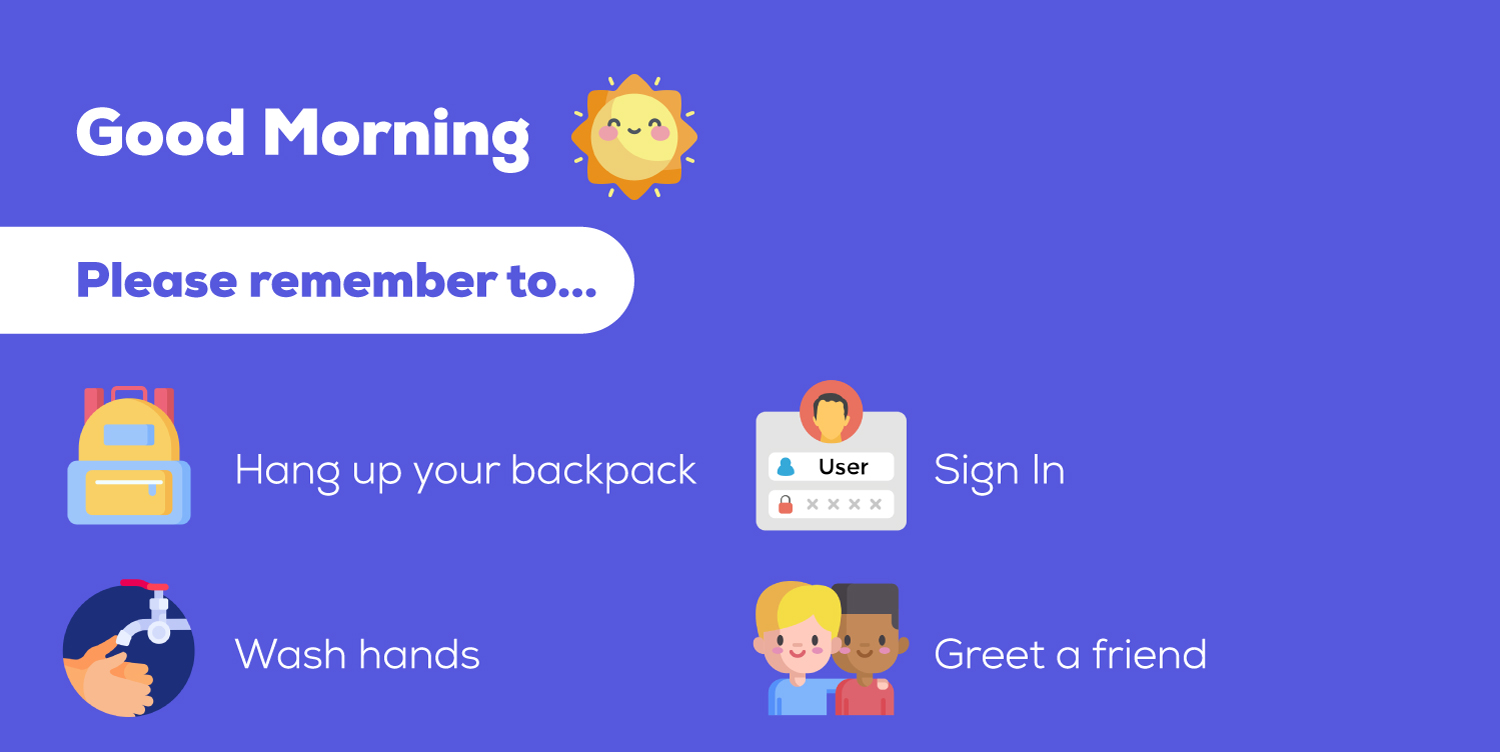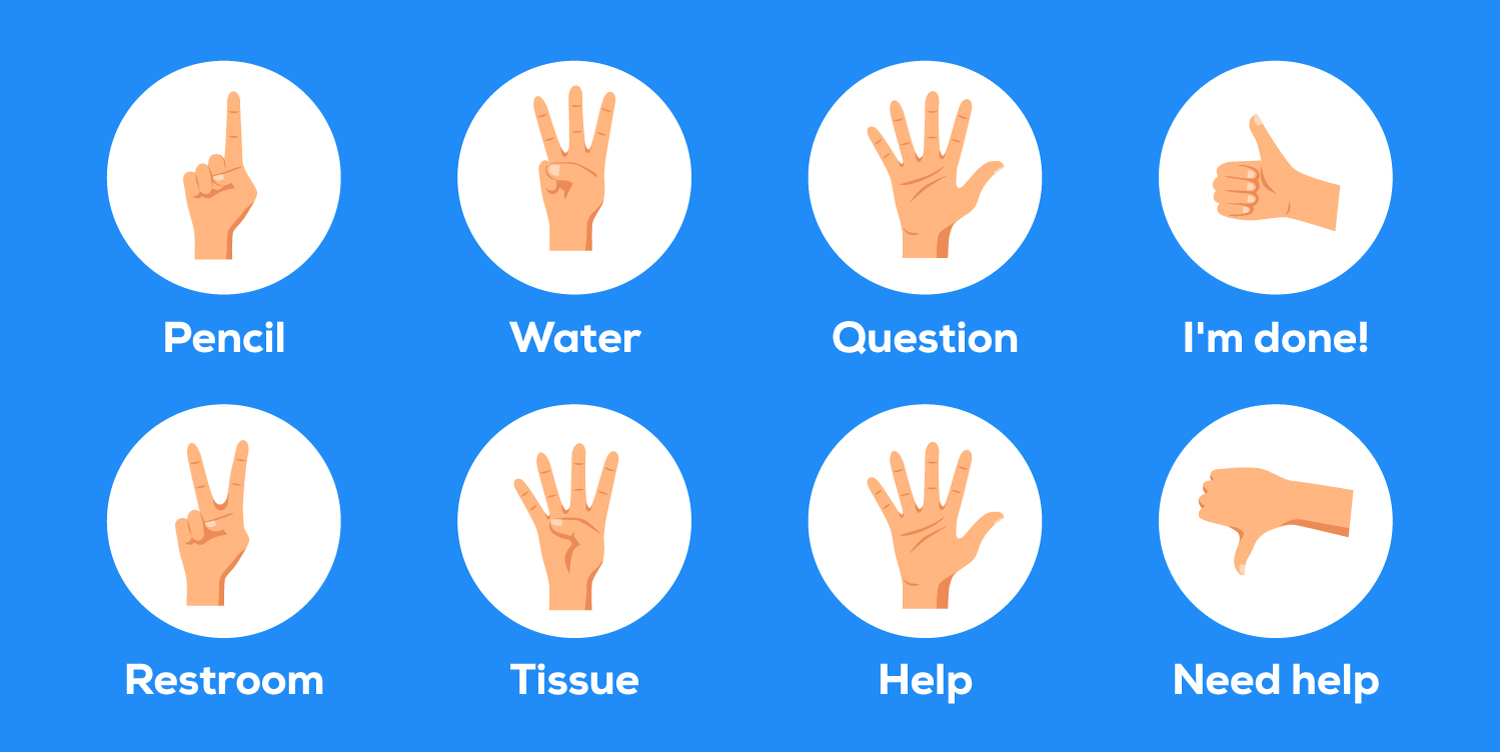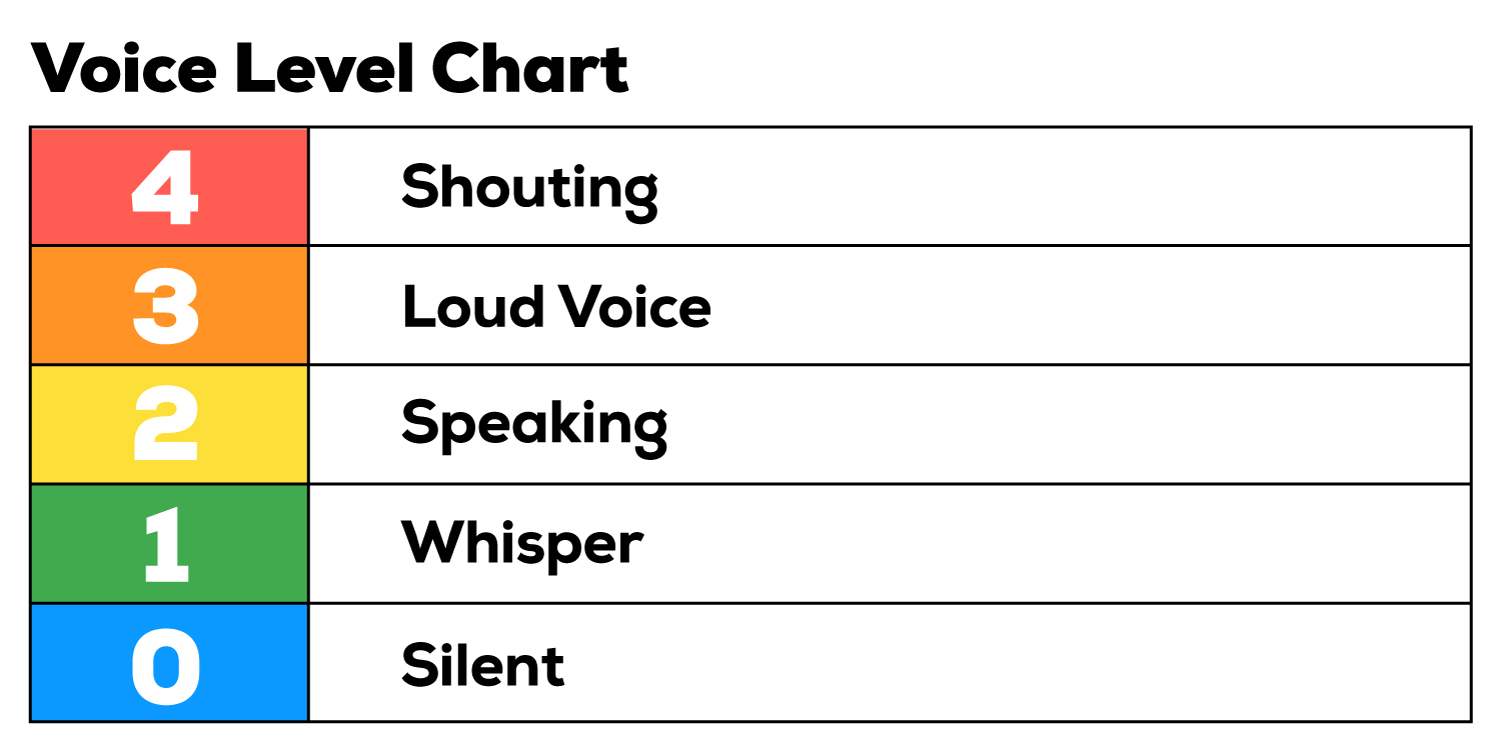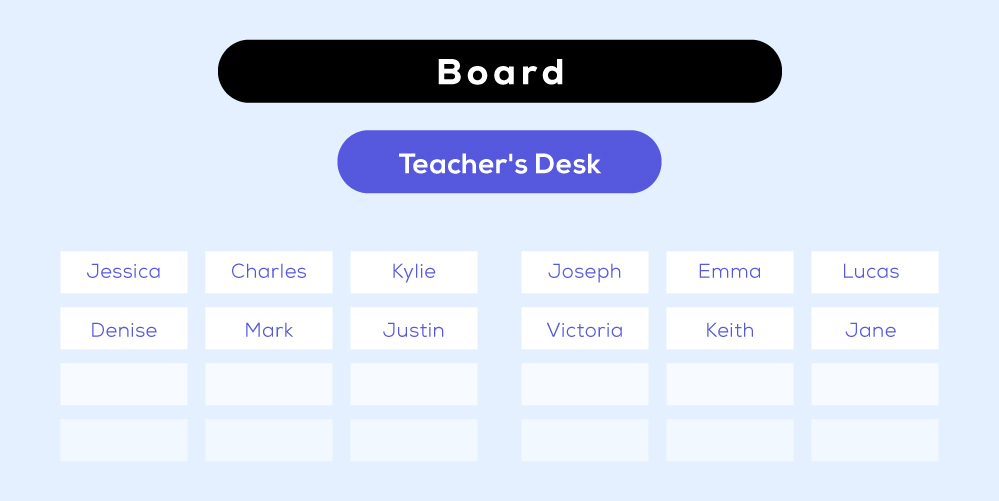13 Best Classroom Management Tools for Teachers
Do classroom management tools help teachers create a better learning environment?
The utility of classroom management tools in cultivating an optimal learning atmosphere is a subject of inquiry. These tools serve as instrumental aids in various aspects, from formulating rules and expectations to cultivating positive relationships. This article delves into an examination of 13 prominent classroom management tools available to educators today, elucidating their capacities to enhance the efficiency and effectiveness of classroom management.
From establishing rules and expectations to promoting positive relationships, there are a variety of tools that can help teachers to manage their classrooms effectively.
Classroom Management Tools For Establishing Rules And Expectations
Establishing rules and expectations is paramount for successful teaching and learning. A strategic approach involves using classroom rules, behavioral strategies, and positive reinforcement.
1. Classroom Rules
Explicit and consistent rules are foundational for effective classroom management. Implementing behavioral strategies is imperative for sustaining student focus and task adherence. Clear communication of expectations, coupled with judiciously applied rewards and consequences, further reinforces positive behaviour. On the other hand, when students break the rules, they should be held accountable with consequences like a written reflection or loss of privileges. Routines should be clearly defined and discussed with students. Make sure the classroom rules are consistent and reinforced daily. It helps create a culture of respect and understanding of expected behavior.
Additionally, providing clear expectations of what students should be doing during downtime is essential. It helps minimize distractions and maintain a positive learning environment.
Establishing and enforcing classroom rules is essential for successful classroom management.
2. Classroom Routines
Incorporating classroom routines emerges as a successful tool for instilling rules and expectations. Well-defined schedules contribute to a positive learning environment, mitigating behavioral challenges. Conflict resolution strategies and explicit guidance during rule establishment foster appropriate conflict handling and contribute to a culture of respect.
For example, when students show good behaviour, they can receive verbal praise or a reward such as extra free time.
Include conflict resolution strategies when setting up the rules, such as having students discuss their disagreements. It helps students learn how to handle conflicts appropriately.
3. Positive Reinforcement
Positive reinforcement is another effective classroom management tool for teachers.
Using positive rewards helps foster a supportive learning environment and encourages students to strive for success. Tips can take many forms, from verbal praise to tangible items like stickers or small rewards. Whatever the reward, it should be meaningful to the students and should recognize their efforts and achievements.
Acknowledging students’ efforts through various rewards, tailored to individual interests fosters a supportive learning environment. Ensuring a timely and fair distribution of rewards contributes to the reinforcement of desired behaviours.
Through positive reinforcement, teachers can create a positive learning environment and help encourage students to reach their full potential.
Classroom Management Tools For Maintaining Order And Discipline
Maintaining order and discipline in the classroom is vital to a productive learning environment.
Teachers can use call and response, hand signals, and voice level charts as effective classroom management tools to achieve this.
These tools can help keep students focused and on task while providing a sense of structure and order.
Maintaining order and discipline is pivotal for a productive learning environment. Call and response, hand signals, and voice level charts serve as effective tools for achieving this objective.
4. Call And Response
Implementing call-and-response techniques aids in discipline maintenance by building group dynamics and reinforcing important concepts. This method, involving teacher-initiated phrases and student responses, enhances engagement and focus.

5. Hand Signals
Hand signals represent a non-verbal communication tool for swift and silent student interaction. Systematic introduction and periodic practice contribute to their effectiveness, aiding in transitions, behaviour control, and recognizing positive conduct. Hand signals are one of the best classroom management tools for maintaining order and discipline. Hand signals are an effective technique for communicating with students silently and quickly.
Introducing and practising them at the beginning of the school year is essential. During this signal practice, explain what each hand signal means and have students practice responding to them.
This activity should be repeated periodically throughout the year to keep the signals fresh in their minds. With consistent practice, hand signals can become an effective tool for keeping students focused and on task.
Additionally, hand signals can be used to transition between activities, stop disruptive behavior, and reward good behavior.

6. Voice Level Chart
The voice level chart is a visual reminder to maintain low noise levels, contributing to order and discipline. Rewards tied to achieving specific voice levels incentivize students to remain focused, ensuring an organized classroom.
Call and response is an effective tool for maintaining discipline in the classroom. This technique involves the teacher calling out a phrase and the students responding with a similar expression. It can help build group dynamics and foster a positive learning environment. It’s also helpful in assisting students to remember important concepts and facts.
To use call and response in the classroom, teachers should introduce and practice the idea with the students. It’s essential to ensure that everyone in the classroom knows the reaction. Once the students are familiar with the technique, teachers can use it to help keep the students engaged and focused.
Call and response can also help teach topics such as math, science, and history. Teachers can ask questions and have the students respond with the answers. This encourages students to think critically and become actively involved in their learning.
Call and response is a simple yet effective tool for maintaining order and discipline in the classroom. It can help build group dynamics, foster a positive learning environment, and help students remember important concepts and facts. With some practice and guidance, teachers can use this technique to help create an enjoyable and productive learning environment for their students.

Classroom Management Tools For Promoting Positive Relationships
As a teacher, you want to build positive relationships with your students and promote a positive classroom culture. To do this, consider implementing classroom cheers, creating a Student Spotlight program, and having regular class meetings.
These tools will help you foster a positive learning environment and relationships with your students.
7. Classroom Cheers
Cheer up the classroom environment with these mighty cheers to encourage positive relationships between students and teachers.
Motivational music can create an upbeat atmosphere, setting the tone for a positive learning space.
Teachers can use cheers and chants with simple rhymes to encourage students to work together. By making it fun and engaging, students learn to be kind and supportive of one another.
Cheers can also be used to reward student successes, like when they’ve mastered a new concept. Positive affirmations are another great way to boost classroom morale.
Celebrating student accomplishments with cheers and claps will make them feel appreciated and proud of their work.
Teachers can foster a warm and supportive classroom culture with the right cheers.
8. Student Spotlight
Your students’ successes can be highlighted with the Student Spotlight, a great classroom management tool for promoting positive relationships. It encourages students to share their achievements, fosters a sense of community, and increases student engagement.
The Student Spotlight allows teachers to recognize and celebrate each student’s achievements. It can identify students for their academic successes, leadership, volunteer work, and more. This tool allows teachers to recognize and reward their students positively and create a sense of achievement for each student.
Additionally, it provides an opportunity to build relationships between students and teachers. Recognizing and celebrating their successes will motivate and value students, leading to a positive and successful classroom environment.
9. Class Meetings
Class meetings are among the best classroom management tools for teachers to promote positive relationships and student engagement. They allow students to unite as a community and discuss classroom norms, expectations, and values. It can help create a safe and inclusive environment where all students can share their thoughts and opinions.
Additionally, class meetings can be used to discuss current issues, practice problem-solving and collaboration, and allow students to practice self-regulation. This can encourage students to be more engaged and create a positive learning atmosphere.
Furthermore, class meetings can also promote positive relationships between teachers and students, helping create a sense of trust and understanding.
Classroom Management Tools For Enhancing Organization
Organizing your classroom can be a manageable task. Utilizing seating charts, digital organizers, and visual aids can help you create an orderly environment and keep your day running smoothly.
Whether you’re a new or experienced teacher, these tools can help you stay organized.
10. Seating Charts
When it comes to enhancing organization in the classroom, seating charts can be an invaluable classroom management tool. Group Seating can reduce distractions, increase student focus, and help teachers quickly take attendance. With a seating chart, teachers can also ensure students who may not get along aren’t placed next to each other and can easily create balanced groups for group activities.
Additionally, a seating chart helps teachers remember their students’ names more quickly. Creating a seating chart is easy and can be done in a few simple steps:
- Teachers should measure the classroom size and create a rough sketch of the room and desks.
- Decide on the seating arrangement that best fits the class size and subject.
- Assign each student a seat and post the seating chart in the classroom.
Seating charts can be a great way to ensure everyone is in the right place and help create a more organized classroom.

11. Digital Organizers
The use of digital organizers can be a powerful way to help teachers enhance organization in the classroom. Digital Organization tools allow teachers to easily track student progress, organize assignments, and share resources. They can give teachers a centralized view of their student’s work and grades and a place to store important documents and notes.
With digital organization, teachers can quickly access student data, assign tasks, and communicate with students. Furthermore, digital organizers can create better communication between teacher and student, ensuring all students stay on track with their work.
Digital organizers can help teachers manage their classrooms more efficiently, ensuring no student is left behind.
12. Visual Aids
Using visual aids, teachers can easily organize their classrooms and keep track of student progress. Optical clarity is vital; charts, graphs, and other visuals can help teachers illustrate instructions, create goals, and assign tasks.
Posters, word walls, and flashcards aid vocabulary development, encourage communication, and help students create connections.
Digital tools such as online whiteboards, interactive maps, and infographics help to engage students and provide real-time feedback. Visual tools can also be used for assessment, allowing teachers to quickly identify students needing extra support.
Visual aids help to create an organized, efficient, and productive learning environment.
Classroom Management Apps That Promote Group Work
Getting students to collaborate and work together can be challenging, but it can be made easy with the right tools.
Chronicle Cloud is one such tool that encourages group work and helps teachers manage their classrooms more effectively. It allows teachers to create real-time assignments and projects that all students in the class can access.
13. Chronicle Cloud
Chronicle Cloud is one of the best digital classroom management tools for teachers looking to promote group work in their classrooms. Chronicle Collaboration allows teachers to create and assign tasks to groups of students, monitor their progress, and view the results.
Teachers can also easily communicate with students, providing real-time feedback, guidance, and support. Additionally, Chronicle Cloud offers a variety of features to help teachers manage projects and tasks, such as task reminders, calendar notifications, and comment boards.
With this tool, teachers can easily create projects and assign tasks to students simply and efficiently. Chronicle Cloud also offers various tools to help teachers track students’ progress and ensure that all tasks are completed on time.
With Chronicle Cloud, teachers can easily manage their classrooms, take notes, and get the most out of their students.
Explore more articles on this topic
- Classroom Management Strategies for Preschool
- Classroom Management Strategies for Kindergarten
- Classroom Management Strategies for Elementary Teachers
- Classroom Management Strategies
Conclusion
Classroom management tools help teachers establish rules and expectations, maintain order and discipline, promote positive relationships, and enhance organization.
With the right tools, teachers can create a compelling and engaging learning environment for their students.
So take the time to explore the 13 best classroom management tools and find the ones that work best for you and your classroom.
You’ll be glad you did!
